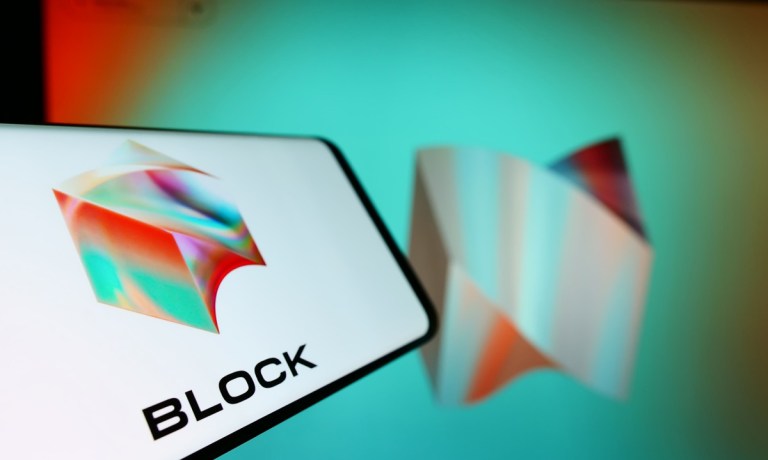Block to Cut 112 Jobs as Cost-Cutting Moves Continue

Block plans to cut 112 jobs on March 30 as part of its previously announced cost-cutting measures.
The company began job cuts in January and aims to reduce its workforce from over 13,000 to 12,000 by the end of 2024, Reuters reported Thursday (Feb. 22).
Block said in November that it aims to streamline operations and optimize efficiency in the face of market pressures, according to the report.
Jack Dorsey, co-founder of Block, announced the company’s plans for job cuts in a November letter to shareholders, saying: “We are creating an absolute cap on the number of people we have at the company, held firm at 12,000 people until we feel the growth of the business has meaningfully outpaced the growth of the company.”
The company’s latest move comes amidst economic uncertainty and high interest rates, with layoffs affecting various companies in the tech industry, including Amazon, Alphabet and Microsoft, during the first two months of the year, the report said.
It was reported on Feb. 11 that 141 tech companies have cut a combined total of 34,000 jobs so far this year.
The cuts come as tech companies assess their staffing levels and conclude that “we’ve got a bunch of dead wood. And if we had a leaner organization we can do more,” Jeffries analyst Brent Thill told the Financial Times (FT) as part of the media outlet’s report on those numbers released by Layoffs.fyi.
Tech companies have been evaluating divisions where they want to prioritize investments and are cutting staff in costly, but not core, areas, Daniel Keum, associate professor of management at Columbia Business School, said in the FT report.
On the new product front, Block said in December that it launched its self-custody bitcoin wallet Bitkey in 95 countries, aiming to widen access to self-custody amid a resurgence in the price of bitcoin.
Bitkey doesn’t require users to remember long passwords or seed phrases. Rather, it uses three keys to secure bitcoin, with any two of them needed to move coins or approve other security-related functions. Two of those keys are in the hands of the customer: one in Block’s mobile app and the other in a hardware device.